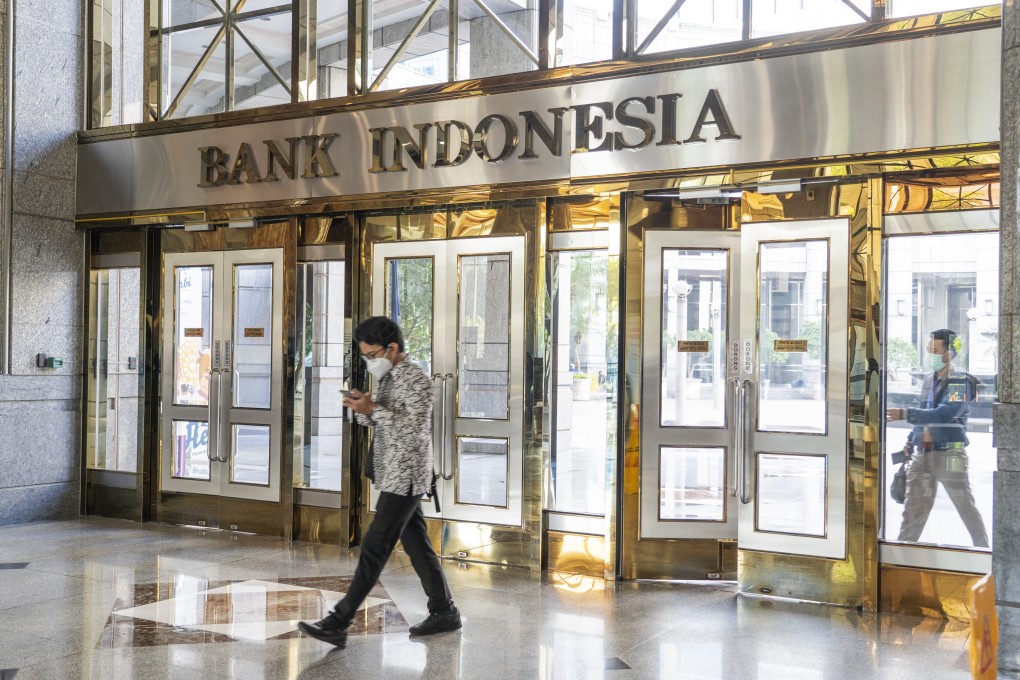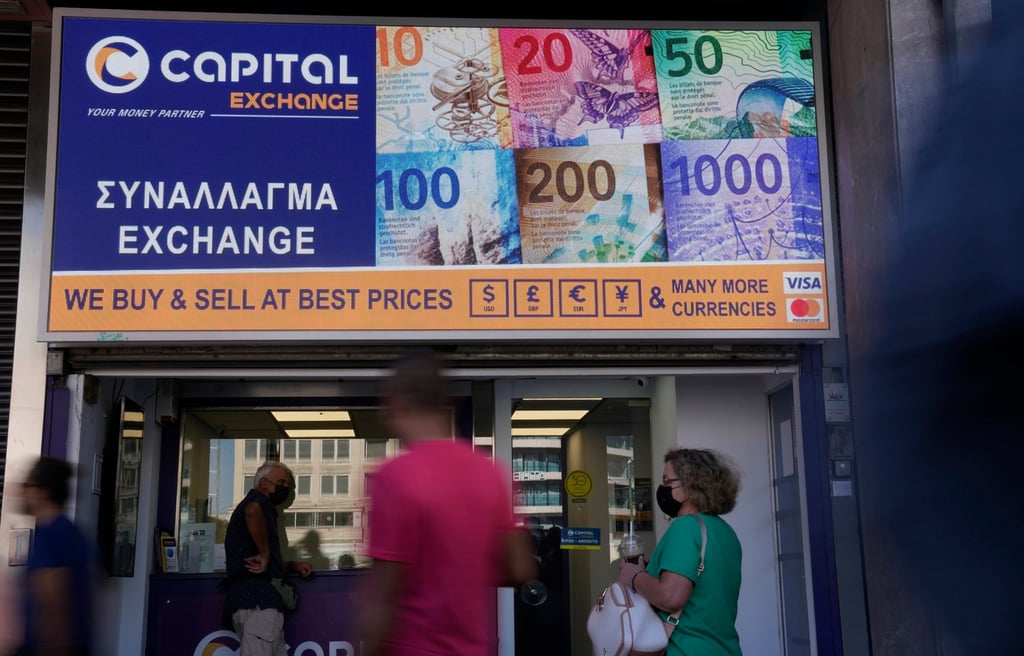Advertisement
Macroscope | How emerging market currencies are weathering US dollar surge
- Much has changed since 2013, when emerging markets were badly hit by US monetary tightening
- Today, central banks in developing nations have been quick to confront inflation and post-pandemic demand, and with smaller deficits than a decade ago, there is less chance of panic selling of currencies
Reading Time:3 minutes
Why you can trust SCMP

Central banks around the world appear relentless in their fight to keep stubbornly high inflation from becoming embedded in their economies. This is most evident in the US, where an above-expectation June inflation report saw the market increase the probability of the Federal Reserve hiking rates by 100 basis points at its July meeting.
Advertisement
This expectation has since receded, but the Fed’s actions are helping to raise the value of the US dollar, which creates headwinds elsewhere, mainly in emerging economies.
The US dollar has risen 12 per cent since the start of the year against a basket of developed-market currencies, of which the biggest weights are the euro and the yen. There are specific forces keeping the greenback elevated against the world’s other major players.
The euro recently hit parity with the US dollar. That’s great if you’re planning a summer holiday in Greece, less so if you live there. The weakness in the euro reflects the risk of a recession in the single currency bloc as a result of the energy crisis and natural gas supplies from Russia – which has seen prices more than double in recent weeks – but also the political risks stemming from Italy’s government crisis.

Meanwhile, the Bank of Japan’s still very loose policy settings and commitment to keep buying bonds and limit the rise in the 10-year government bond yield are at odds with nearly every other central bank around the world. This large difference in policy settings is holding the yen back.
Advertisement
These two factors alone should see the continued strength of the US dollar. This raises very real challenges for emerging economies, where a stronger greenback has historically been a challenge for both economic and market performance.

Advertisement
